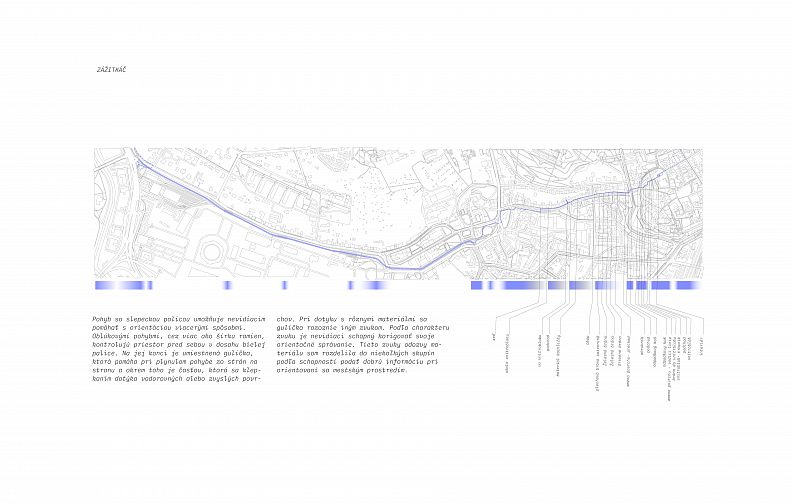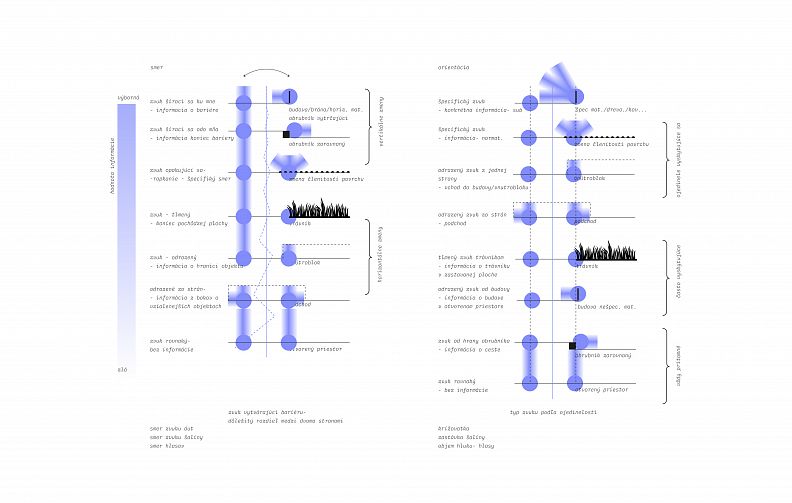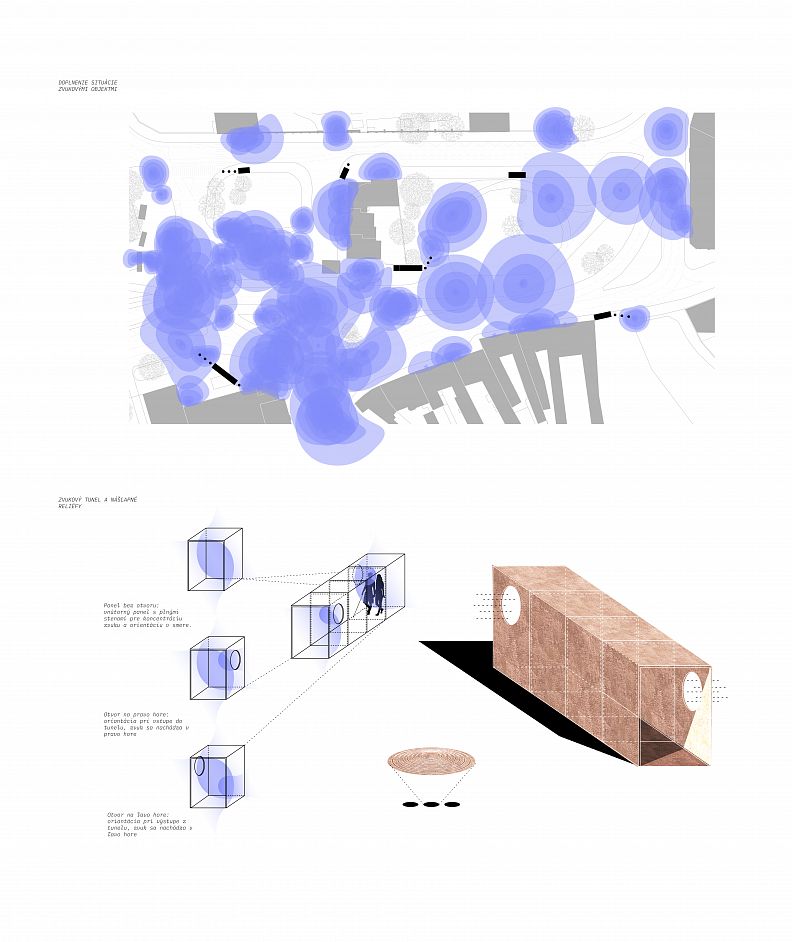xakubova

Project idea
Project description
Beyond body and space
The term space has many meanings. It was introduced into architecture in the 19th century by the art historian August Schmarsow. Based on his conception, space is most often understood as a kind of "emptiness" that touches the boundaries of the objects that surround it. Although the concept of space has not always been present in architectural discourse, it can be argued that in architectural practice, the work of an architect has been associated with the placement of objects "in space" since time immemorial. However, with the introduction of the concept of space into architecture, the human body began to be placed in it as an object. In present times when creating space, we follow anthropometry, which refers to the dimensions of the human body – more precisely the dimensions of boundaries of the human body. In this case, the positioning of a body of certain proportions and its movement in relation to other objects and other movements, creates spaces of many architectural buildings including many famous ones, which were based on the systems of proportions and measurements. Of these systems, the most famous one used by the architects is Vitruviansky man, Architects data of Ernst Neufert, Modulor or Joy and Josephine. In contrast to the previous statements, this piece of work will deal with aspects of space that cannot be only defined by the physical boundary of man or the physical boundary of objects, such as material, colour, structure, and sound absorption. These are qualities that "radiate" outwards to our senses, which are enlargements and extensions of the human body into the outer space, trying to process the properties of the environment. An inspiration for this project is a group of people who are blind and their way of experiencing space.
Technical information







